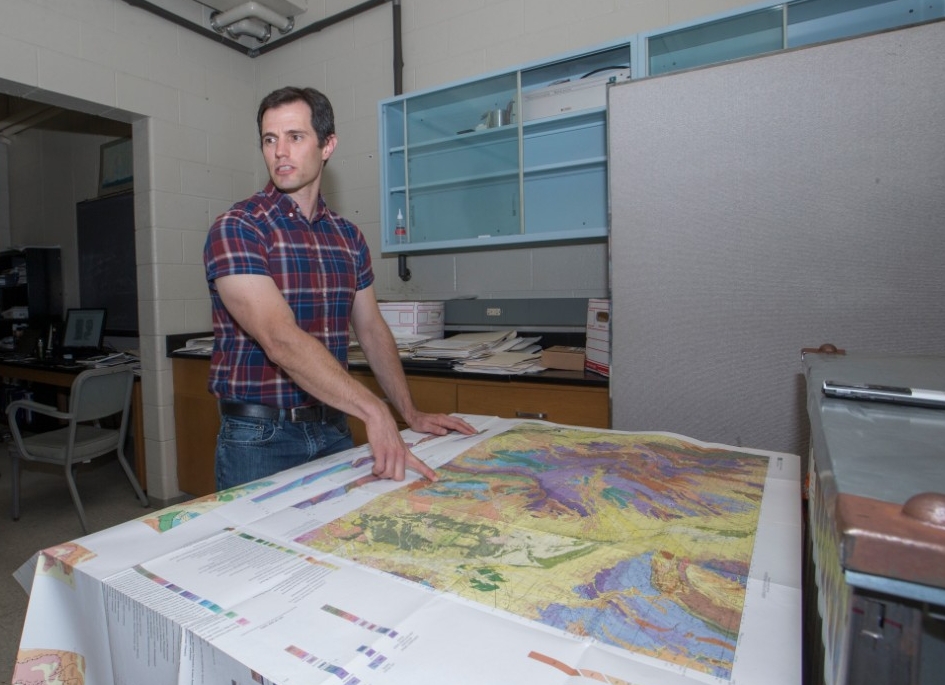WVXU's Cincinnati Edition spoke to a University of Cincinnati geology expert to learn what an ancient landslide in Nevada might tell us about the risks of landslides today.
UC College of Arts and Sciences assistant professor Daniel Sturmer studied the Blue Diamond landslide outside Las Vegas, Nevada, that destroyed an area the size of downtown Cincinnati more than 5 million years ago.
This rock landslide sent a wall of rock as much as 100 feet deep down the valley, scattering debris over an area of 7 square miles.
"Anything in its path would have been destroyed," Sturmer told Cincinnati Edition host Lucy May.
Sturmer's study on the Blue Diamond landslide was published in the Journal of Sedimentary Research.
By studying previous landslides, researchers hope to predict future disasters. This is a serious concern in states like Nevada, which has the most mountains in the United States.
Likewise, landslides pose a risk to roads, bridges and other infrastructure in Ohio, where transportation officials monitor more than 10,000 identified landslide-prone areas across the state.
Listen to WVXU's Cincinnati Edition.
Featured image at top: The Wilson Cliffs in Red Rock Canyon, Nevada, were the source of a massive landslide more than 5 million years ago. Photo/Nick Ferry

UC assistant professor Daniel Sturmer spoke to WVXU's Cincinnati Edition about his latest research on landslides in Nevada. Photo/Joseph Fuqua II/UC






